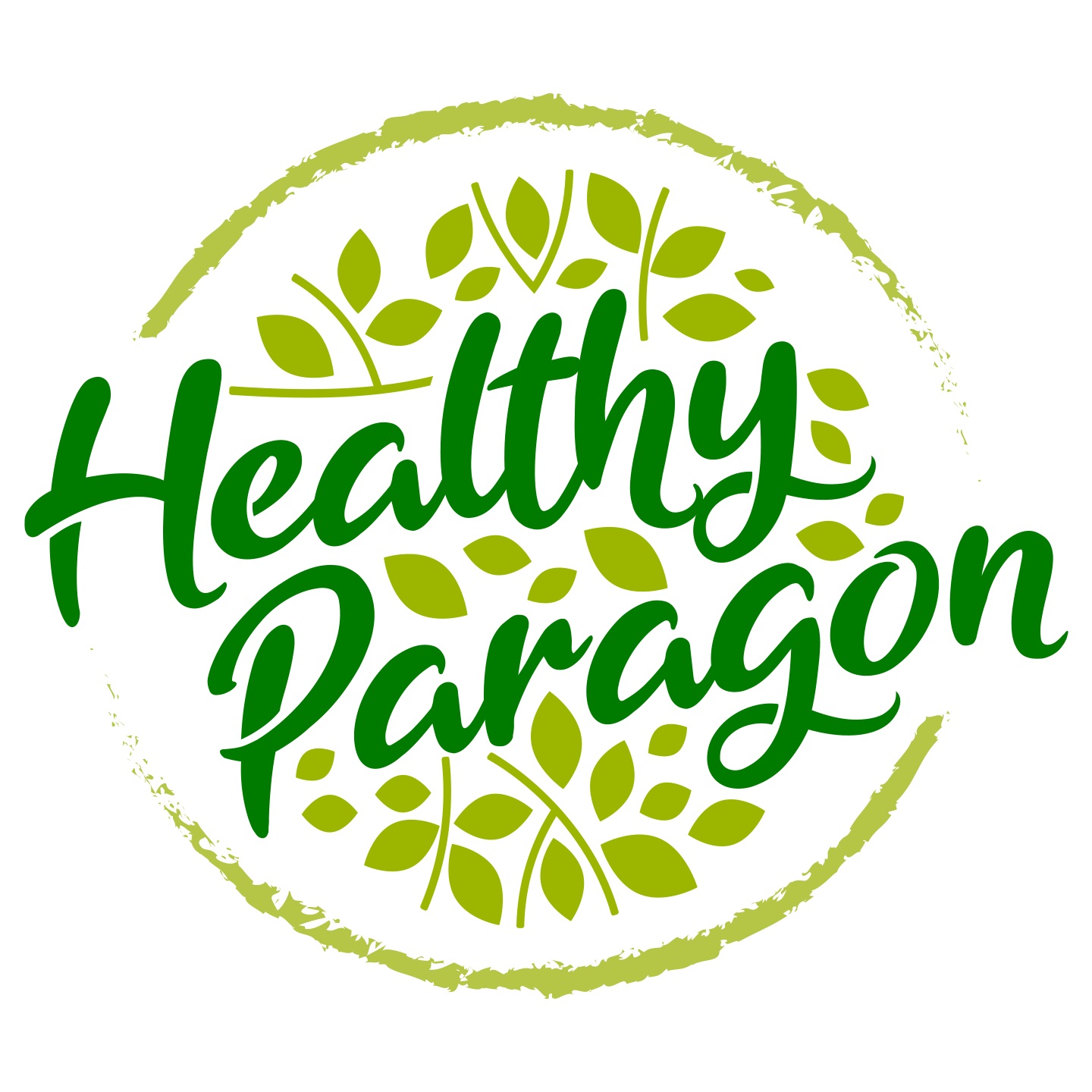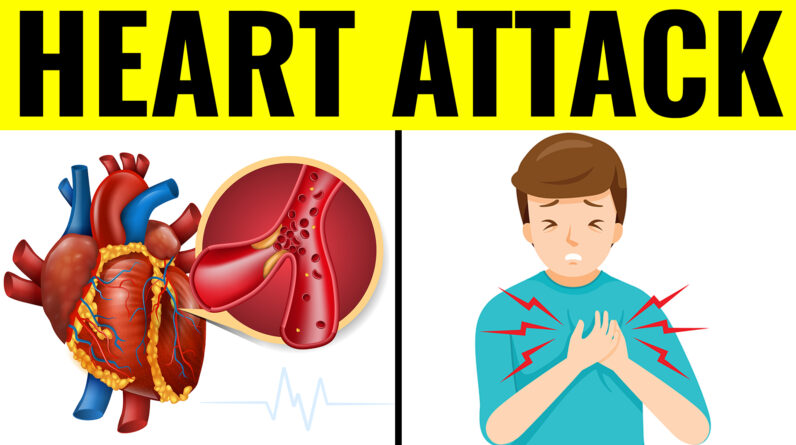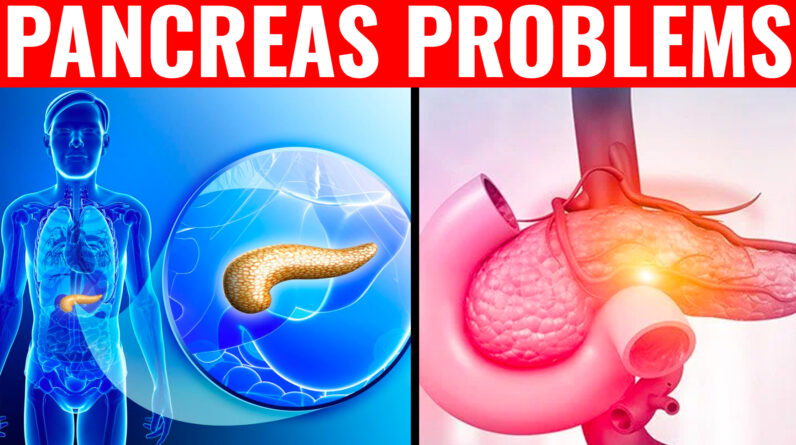
Vitamin E may not be on people’s lips as much as vitamin C is, but vitamin E is an especially important vitamin that the body thrives on, and it certainly needs more recognition.
So, in today’s article, we’ll be sharing with you the top 10 sources of vitamin E. But just before we get to that, why should you care about vitamin E?
There are things in the human body known as free radicals. These guys are responsible for aging and causing harm to cells, tissues, and organs. Vitamin E helps combat these free radicals.
Vitamin E is a fat soluble vitamin with rich antioxidant properties that protect the body tissue from damages caused by free radicals. It also strengthens the immune system against viruses and bacteria, helps form blood cells, and so much more.
The work of Vitamin E in the body cannot be over emphasized, so it is of utmost importance that you find ways to incorporate it into your daily diet.
The recommended daily intake of Vitamin E is 15 milligrams for adults. Not sure on how to hit that? Here are top 10 sources of vitamin E that can easily be incorporated into your everyday meals:
10. Sunflower seeds
Asides being an excellent snack to keep handy, sunflower seeds are very rich in vitamin E. Popular in nutrition bars and grain breads, sunflower seeds are rich in vitamins, minerals, and the good kind of fat.
Born as fruits of the sunflower plant, sunflower seeds have a mild, nutty flavor to them, easily making it a healthy choice for nut mixes. Sunflower seeds provide the body with flavonoids which serve as antioxidants and also aid digestion, but most of all, it supplies the body with a rich amount of vitamin E.
A 100 gram serving of sunflower seeds contains 35 milligrams of vitamin E which is twice the recommended daily intake, making sunflower seeds one of the richest vitamin E sources.
9. Beet greens
Beetroots are really what we all are familiar with, but did you know that beetroot leaves known as beet greens are also consumable? Beet greens are sweet and mild in flavor and have a reputation for being the silkiest and most tender greens you’ll ever eat.
Containing antioxidants and nutrients higher than that of kale and spinach, beet greens are nutrition dense providing vitamins A, C and E. Every 100 gram of cooked beet greens contains about 1.8 milligrams of vitamin E and although it doesn’t meet up with the daily recommended intake, it is still a great vitamin E source.
8. Peanuts
Originating in the tropical region of South America, peanuts, also known as groundnuts, are popularly eaten roasted or turned into peanut butter to be used as a spread.
Rich in protein and healthy fats, peanuts are also rich in vitamin E, low in carbs, and high in biotin and copper. In every 100 gram serving of dry roasted peanuts, about 5 milligrams of vitamin E is ingested.
To make the most of the nutrients, it is advised that they are best eaten plain and dry-roasted without the addition of extra salt and flavoring.
7. Swiss Chard
Known for its bright green leaves and reddish larger than life stalk, Swiss chards are considered one of the most nutrient-dense foods.
Providing a wide range of nutritional benefits not limited to minerals and plant compounds, Swiss chards are packed with disease fighting antioxidants, loaded with fiber, and are an excellent source of vitamin K and most especially, E.
In a 100 gram serving, Swiss chard provides 2 milligram of vitamin E. And although it isn’t up to the 15 milligram recommended daily intake, thanks to all the other nutrients it provides, it is definitely a green worth taking.
6. Pine nuts
Coming from a variety of pine cones, pine nuts are edible seeds that pack a variety of healthy fats, minerals, and of course vitamins. Pine nuts are known for their ability to keep blood sugar levels stable, supply the body with magnesium and iron, increase brain function, and support heart health.
Pine nuts are the nuts with the highest amount of vitamin E content, providing 3 milligrams of vitamin E per 2-tablespoon serving. Pine nuts are best eaten incorporated in spreads or pesto.
5. Trout
Fish is a protein highly rich in fats, nutrients and vitamins, so it’s no surprise that trout takes the number 5 spot today. Fishes are an excellent source of omega-3 fatty acids, protein, vitamin B12, and other vitamins that are essential to cognitive and physical health.
Trout is popularly used to refer to the fish trout family which includes the rainbow trout, brown trout and the brook trout. The rainbow trout is one of the fishes particularly high in vitamin E as in each fillet or a 100 gram serving, there is 2 milligrams of vitamin E present. This is really good compared to other fishes.
Also, it doesn’t hurt that trout is one of the most delicious sources of Vitamin E.
4. Wheat germ oil
Oils are generally rich in vitamin E, but some more than others. Topping the list of rich vitamin E oils, is the wheat germ oil.
Extracted from the germ of the wheat kernel, wheat germ oil is the richest natural vitamin E source and can easily be used in place of other oils. Wheat germ oil asides being rich in vitamin E also provides health benefits such as preventing oxidative stress, serving as a good face cleanser, lowering cholesterol and aiding in the treatment and healing of skin scars.
A tablespoon of wheat germ oil provides 20 milligram of vitamin E which is higher than you’ll find in other oils and other vitamin E sources. To make the most of the nutrients present in wheat germ oil, it is advisable that wheat germ oil is cooked on low heat to retain its richness.
3. Spinach
Another vegetable sitting pretty at number 3 today is spinach. A popular face in salads, green mixes, children’s greens bowls, and healthy meals, spinach is known for its high amounts of fiber, vitamins A and C, potassium, and of course vitamin E.
Native to central and west Asia and spreading rapidly to other parts of the world, spinach helps in increasing eye health, aiding digestion and reducing constipation, reducing oxidative stress, preventing cancer, reducing blood pressure, and if you’re looking to lower your carb intake, it is a perfect choice.
A 100 gram serving of spinach contains about 2 milligram of vitamin E which is fair considering low levels of vitamin E present in other vegetables. To ensure that nutrients are enjoyed maximally, it is advised that the spinach is eaten raw, and if cooked or steamed, it should be done in less than 5 minutes.
2. Avocados
Popular as a skin, hair and general body care fruit, it is no surprise that avocados made it to the list as a top vitamin E source. Originating from south central Mexico and found in guacamoles, smoothies, and fruit blends, avocados are known for their versatility and nutrients.
With very little sugar, healthy fats, high levels of potassium and vitamin C, and its low carb content, it’s safe to say that avocados are an excellent healthy meal choice.
A 100 gram serving of avocado gives 2 milligram of vitamin E, which although doesn’t meet up to the daily recommended intake, is still a sizable amount for each day. So whether you eat them raw, cooked or blended, avocados are a must have in your diet.
1. Almonds
And claiming the number one spot today are almonds! Native to Iran but widely cultivated all over the world, almonds are one of the healthiest nuts to snack on. Just a handful of almonds contains one eighth of your protein needed for the day! Talk about packing a punch of flavour and nutrition!
Eaten raw, toasted, or added to savory dishes, almonds do not lose any of their nutrients and vitamin content whichever way they are used.
Asides containing antioxidants and helping to reduce high blood pressure and lower bad cholesterol, almonds are high in vitamin E. Every 100 gram serving of almonds contains 26 milligrams of vitamin E, making it the second most vitamin E dense food, only behind sunflower seeds.







